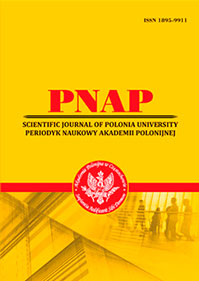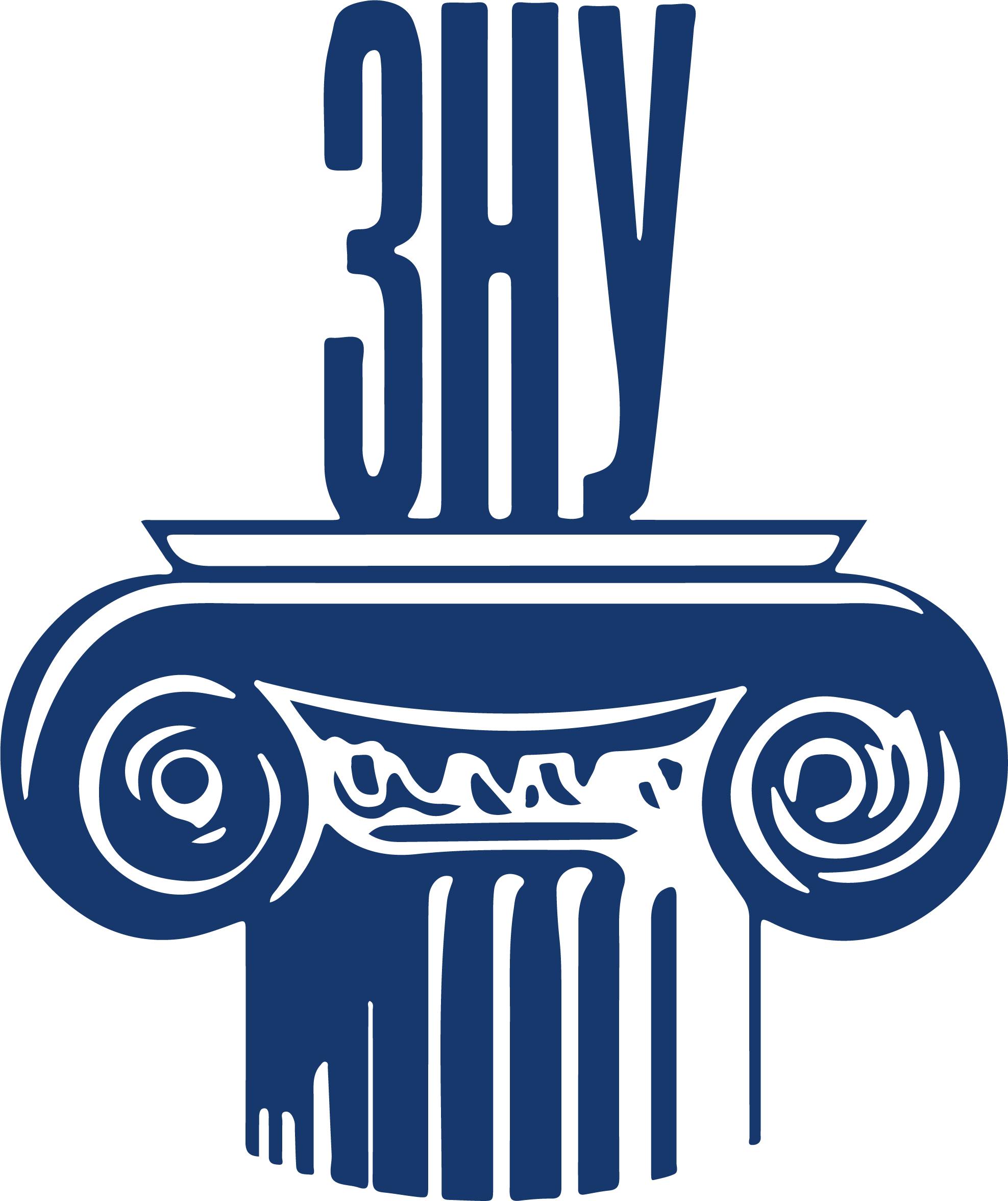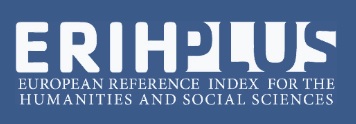ҐЕНДЕРНО МАРКОВАНА ПЕРСОНІФІКАЦІЯ ОБРАЗУ ЛОНДОНА В АНГЛІЙСЬКІЙ РЕНЕСАНСНІЙ ЛІТЕРАТУРІ ФАКТУ
Анотація
У другій половині XVI століття, коли в Англії відбувається стрімкий розквіт ренесансних тенденцій, у різних сферах суспільного життя спостерігаються помітні зрушення. Англійська минувшина, широкий спектр політичних питань, географія і топографія країни викликають підвищений інтерес інтелектуально-духовної еліти і поступово входять у зону інтересу пересічних громадян. Урбанонім Лондон усе частіше з’являється на сторінках як літератури факту, так і фікційних творів, формуючи специфічний феномен – лондонський текст англійської ренесансної літератури.У сучасному літературознавстві лондонський текст постає об’єктом численних наукових розвідок, втім, незважаючи на суттєву зацікавленість наукової спільноти цією проблематикою, є чимало лакун, які потребують осмислення та заповнення.Ця стаття сфокусована саме на одній із таких лакун – персоніфікації образу Лондона в англійських ренесансних топографічних та історіографічних творах. Досліджуючи специфіку лондонського тексту в тогочасній літературі факту під ґендерним кутом зору, авторка виявляє поетикальну специфіку структурування образу Лондона у працях Р. Нікколса, Дж.Спіда, В. Кемдена, Дж. Стоу та ін.У статті продемонстровано, як саме зумовлена успішним правлінням королеви Єлизавети І зміна ґендерних стереотипів позначилася на репрезентаціях Лондона в творах тогочасних хроністів і топографів.Сформований культурою єлизаветинської доби, образ «королеви- діви» сприяв виникненню у літературі факту ґендерно маркованих персоніфікацій міста та закріпленню в колективній свідомості англійців уявлення про столицю не тільки як про фемінний конструкт, але й як про позитивно навантажений символічний образ, що бере свій початок від архетипу «місто-діва».Глорифікаційний характер ренесансних історичних наративів і топографічних описів сприяв закріпленню позитивного образу столиці у свідомості реципієнтів, що своєю чергою виконувало важливу роль у процесі формування національної самоідентифікації англійців.
Посилання
2. Борискіна К.В. Специфіка репрезентації «римського тексту» в п’єсі «Юлій Цезарь» В. Шекспіра. Ренесансні студії. Запоріжжя : КПУ, 2011. Вип. 16–17. С. 57–69.
3. Грабович Г.Ю. Тексти і маски. Київ : Критика, 2005. 312 с.
4. Гундорова Т.І. У колисці міфу, або Топос Києва в літературі українського модернізму. Київська старовина. 2002. № 6. С. 74–82.
5. Дмитренко В.І. Київський текст Валер’яна Підмогильного. Актуальні проблеми слов’янської філології. Серія : Лінгвістика і літературознавство. Київ, 2011. Вип. XXIV, ч. 1. С. 360–368.
6. Киричок О.Б. «Етос» і «Етика» давнього Києва. Образ міста в контексті філософії, історії, культури: Києвознавчі читання. Київ : Парапан, 2005. С. 46–54.
7. Крюкова Ю.Д. «Празький текст» у творчості європейських поетів-модерністів першої половини ХХ століття : дис. … канд. філол. наук (доктора філософії) : 10.01.05. Луцьк, 2021. 224 с.
8. Лаюк М.М. «Карпатський текст» у творчості Василя Герасим’юка : дис. … канд. філол. наук (доктора філософії) : 10.01.01. Київ, 2018. 209 с.
9. Левицький В.А. Київський текст XX ст.: виміри реконструкції. Літературознавчі сту- дії. 2010. Вип. 26. С. 335–341.
10. Оляндер Л. Волинський текст в українській та польській літературах (ХІХ–ХХ ст.). Луцьк : ВНУ ім. Лесі Українки, 2008. 236 с.
11. Павлова О.Б. Лондонський текст англійської літератури першої третини ХХ століття : дис. ... канд. філол. наук : 10.01.04. Львів, 2017. 205 с.
12. Поронюк О. Урбаністичні мотиви в англійській поезії кінця ХІХ – початку ХХ століття. Наукові записки Тернопільського національного педагогічного університету ім. Володимира Гнатюка. Тернопіль : ТНПУ ім. В. Гнатюка, 2013. Вип. 37. С. 352–363.
13. Салій О.Р. «Сей край невичерпаної красоти»: гуцульський текст в українській художній прозі кінця XIX – початку XX століття. Київ : Наукова думка, 2018. 326 с.
14. Соболь О.В. Текст Лондона у світлі дослідницької аналітики. Тези доповідей ХІІ Міжнародної наукової конференції «Іноземна філологія у ХХІ столітті». Запорізький національний університет. Запоріжжя : ЗНУ, 2020. C. 73–75.
15. Торкут Н.М. Храброва Г.М. Трансформація міфологічного сюжету в поемі Вільяма Шекспіра «Венера і Адоніс»: гендерний аспект. Ренесансні студії. 2012. Вип. 18–19. С. 60–82.
16. Філатова О.С. Київський «міський текст» 20-х років ХХ століття: «Анатомія», «Фізіологія», «Психологія». Актуальні проблеми слов’янської філології. 2010. Вип. XXIII, ч. 4. С. 153–161.
17. Харлан О.Д. Чернівецький текст у циклі повістей Ірини Вільде «Метелики на шпильках». Слово і час. 2008. № 2. С. 27–32.
18. Храброва Г.М. Специфіка художньої репрезентації гендерного дискурсу в ранніх поемах В. Шекспіра : дис. ... канд. філол. наук : 10.01.04. Запоріжжя, 2012. 257 с.
19. Черняк Ю.І. Храброва Г.М. Художні стратегії формування іміджу королеви Єлизавети в літературі англійського Ренесансу. Держава та Регіони : науково-виробничий журнал. Серія : Гуманітарні науки. Запоріжжя : Класичний приватний університет, 2015. № 1. С. 8–15.
20. Archer I.W. The Pursuit of Stability: Social Relations in Elizabethan London. Cambridge : Cambridge University Press, 1991. 334 р.
21. Baumgarten M. Urban Labyrinths: Dickens and the Pleasures of Place. Literature & Place 1800–2000. Oxford : Peter Lang, 2006. P. 69–85.
22. Beckson K. London in the 1890s: A Cultural History. New York : W.W. Norton, 1993. 445 p.
23. Bluestone N.H. Women and the Ideal Society: Plato’s Republic and Modern Myths of Gender. Amherst : University of Massachusetts Press, 1987. 238 p.
24. Camden W. Camden’s Britannia newly translated into English. London, 1695. URL: https://quod.lib.umich.edu/e/eebo2/B18452.0001.001?view=toc (дата звернення: 05.12.2024).
25. Childs P. Modernism. The New Critical Idiom. London : Routledge, 2000. 226 p.
26. Dekker Th. The Dead Tearme. London, 1608. URL: https://quod.lib.umich.edu/e/eebo/A20054.0001.001?rgn=main;view=toc (дата звернення: 05.12.2024).
27. Finch J. Literary Urban Studies and How to Practice It. New York : Routhledge, 2022. 272 p.
28. Gallagher C., Greenblatt S. Practicing New Historicism. Chicago : University of Chicago Press, 2001. 249 p.
29. Greenblatt S. Learning to Curse: Essays in Early Modern Culture. New York : Routledge, 1990. 188 p.
30. Gurr J.M. Charting Literary Urban Studies: Texts as Models of and for the City. London : Routledge, 2020. 220 p.
31. Horowitz E. London: Capital of the Nineteenth Century. New Literary History. 2010. Vol. 41. Number 1. P. 111–128.
32. James M. Society, Politics, and Culture: Studies in Early Modern England. Cambridge : Cambridge University Press, 1986. 492 р.
33. London 1500–1700: The Making of the Metropolis / ed. by A.L. Beier. London : Longman Publishing Group, 1986. 296 p.
34. Manley L. Literature and Culture in Early Modern London. Cambridge : Cambridge University Press, 1997. 603 p.
35. Meade T.A., Wiesner M.E. A Companion to Gender History. Oxford : Blackwell Publishing, 2006. 676 p.
36. Montrose L.A. The subject of Elizabeth: Authority, Gender, and Representation. Chicago : University of Chicago Press, 2006. 341 p.
37. Niccols R. Londons Artillery. London, 1616. URL: https://quod.lib.umich.edu/e/eebo2/B14996.0001.001?rgn=main;view=toc (дата звернення: 07.12.2024)/
38. Paster G.K. The Idea of the City in the Age of Shakespeare. Athens : The University of Georgia Press, 2012. 264 р.
39. Pleßke N. The Intelligible Metropolis: Urban Mentality in Contemporary London Novels. Bielefeld : Transcript Verlag, 2014. 576 p.
40. Rau P. English Modernism, National Identity and the Germans, 1890–1950. Farnham : Ashgate Publishing, 2013. 244 p.
41. Speed J. An epitome of Mr. John Speed’s theatre of the empire of Great Britain. London, 1676. URL: https://quod.lib.umich.edu/e/eebo/a61047.0001.001/1:5?rgn=div1;view=toc (дата звернення: 07.12.2024).
42. Stow J. A Survey of London. Oxford, 1603. URL: https://www.british-history.ac.uk/no-series/survey-of-london-stow/1603 (дата звернення: 08.12.2024).
43. Tso A. The Literary Psychogeography of London: Otherworlds of Alan Moore, Peter Ackroyd, and Iain Sinclair. Lethbridge, Springer Nature, 2020. 110 p.
44. White J. London in the Twentieth Century: A City and Its People. London : Vintage, 2008. 560 p.
45. Williams R. The Country and the City. Oxford : University Press, 1975. 335 p.
46. Wolfreys J. Writing London: The Trace of the Urban Text from Blake to Dickens. London : Palgrave Macmillan, 1998. 263 p.

Ця робота ліцензується відповідно до Creative Commons Attribution 4.0 International License.
 ISSN
ISSN 


.png)




